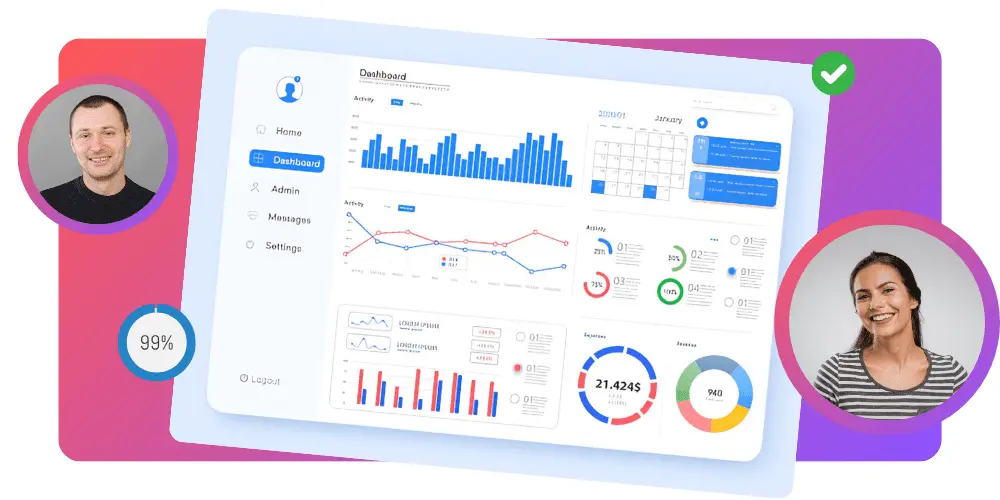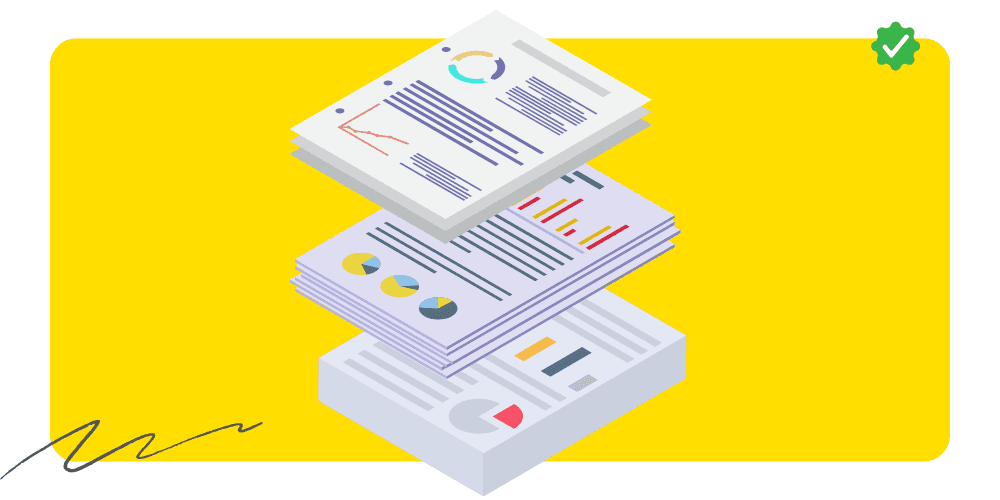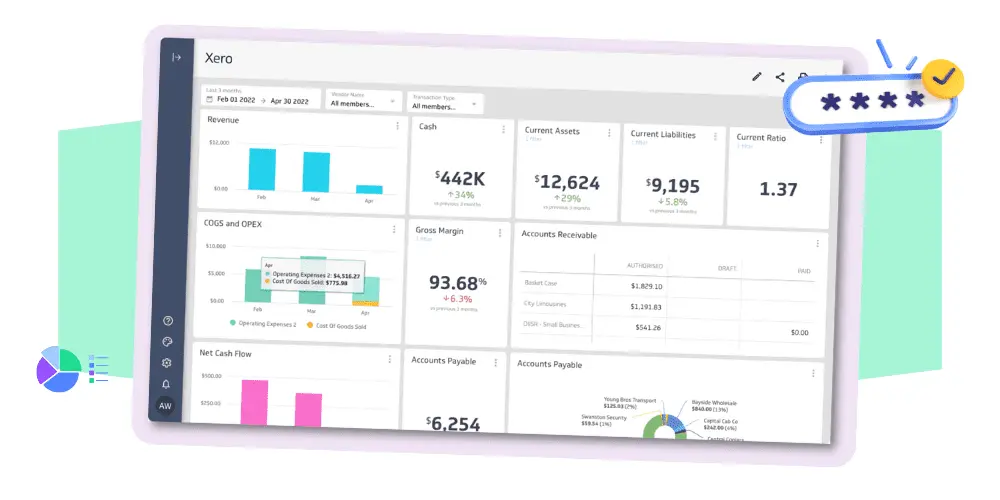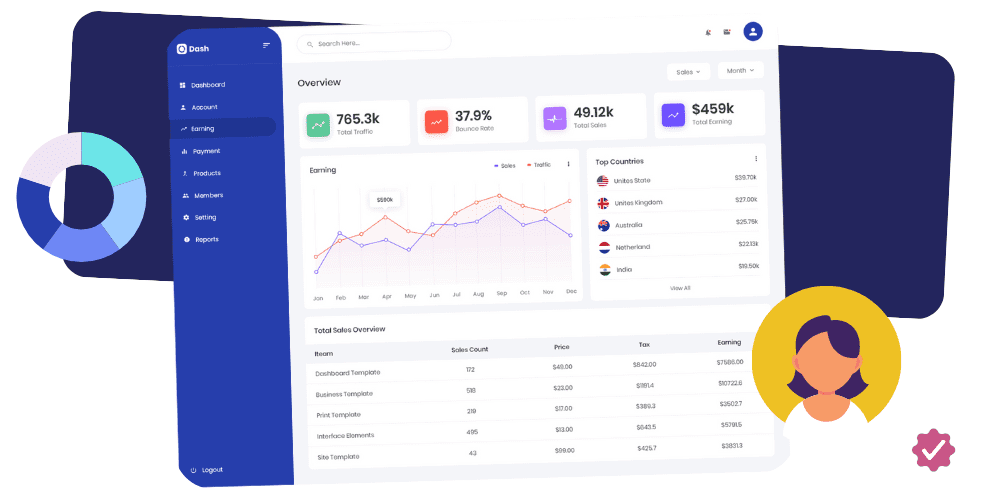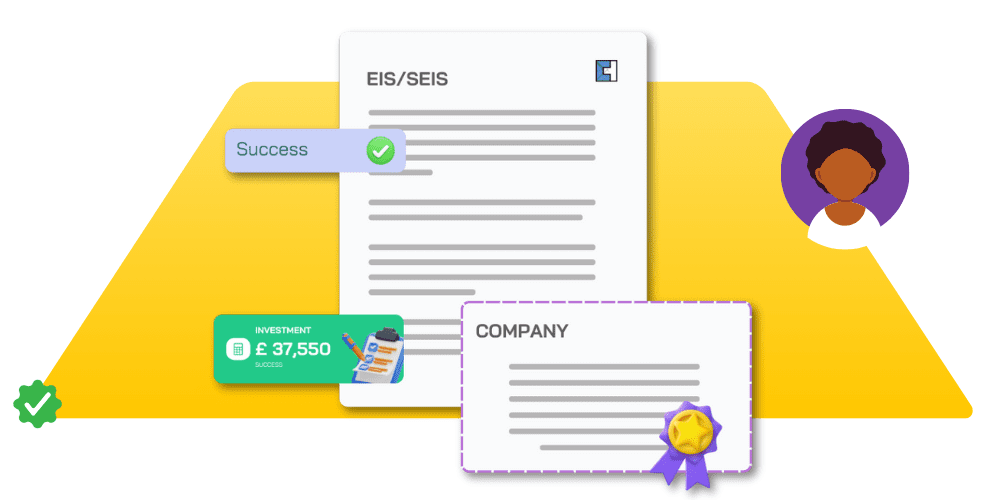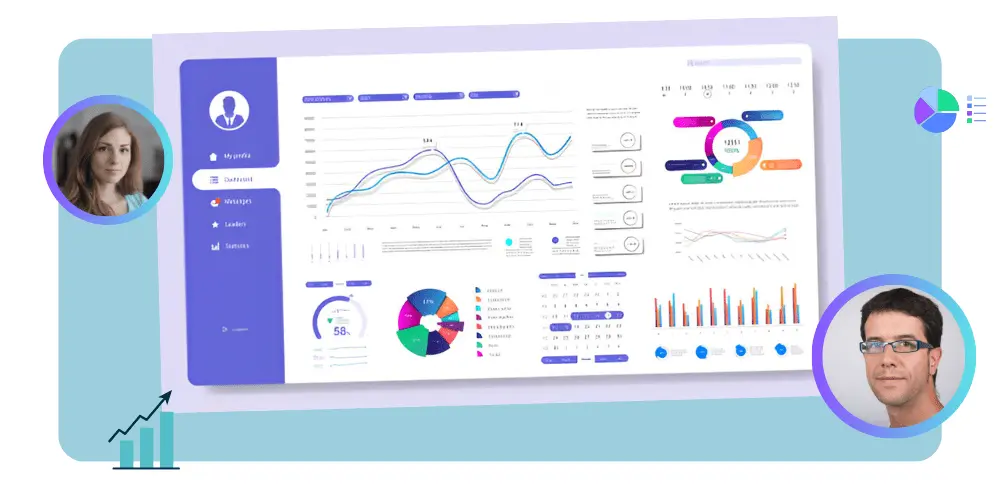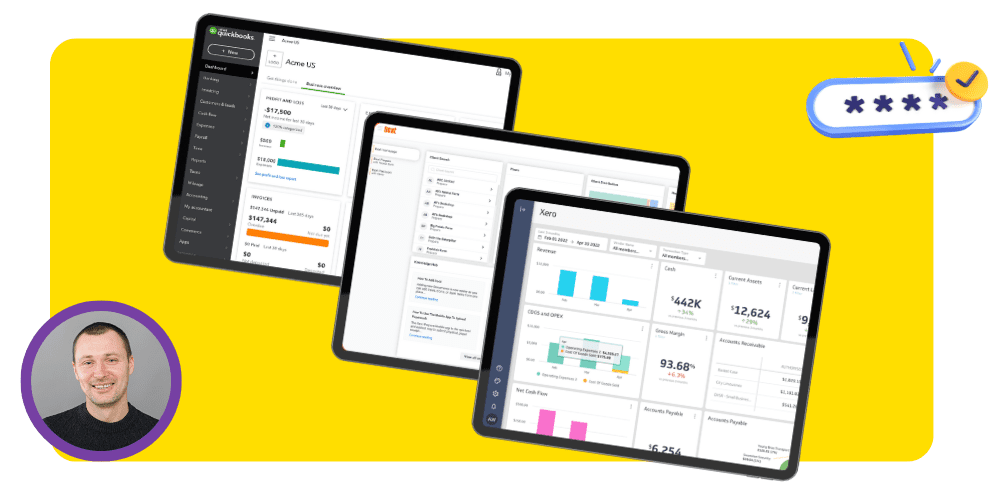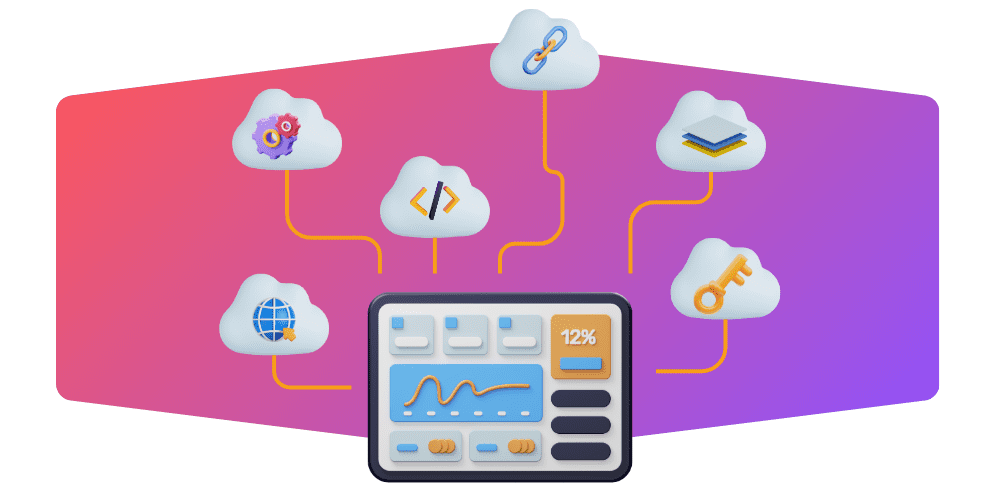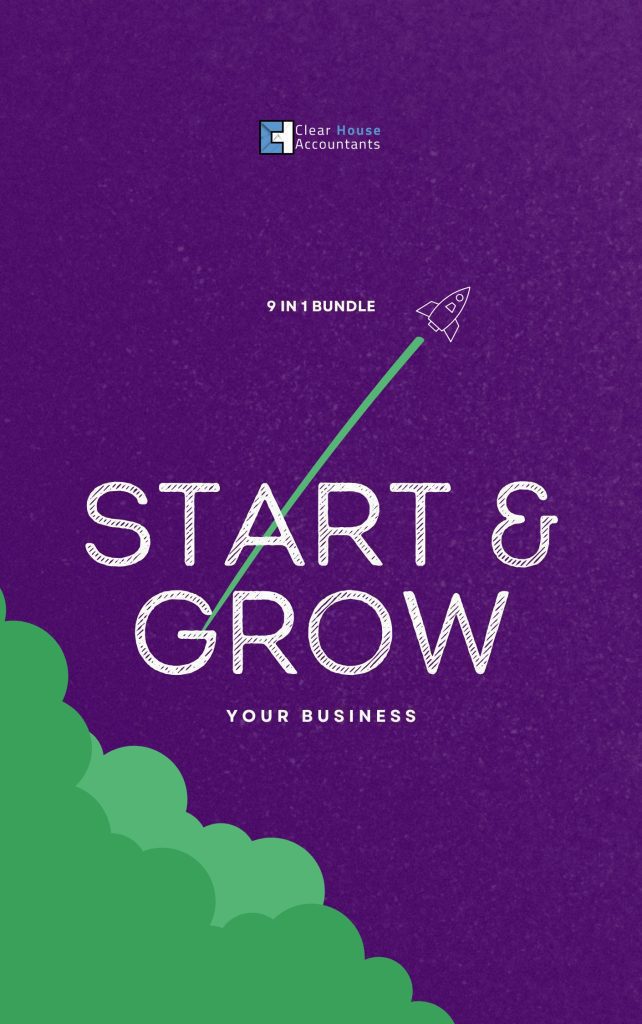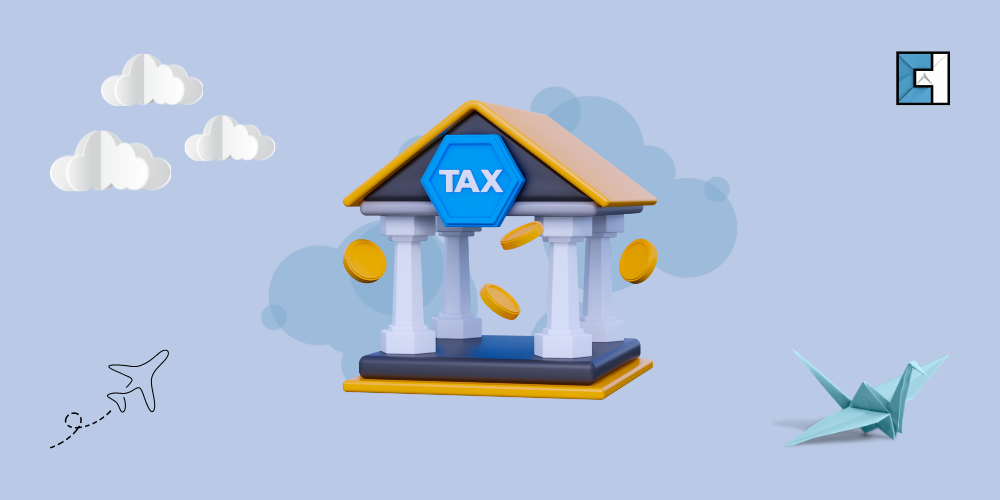There are strict rules set into place that dictate your freedom when it comes to using your pension fund as an investment. As a general rule of thumb, you can not use your pension funds to inject cash flow into your business, but few exceptions exist. However, the real question to be answered here is if you can take advantage of these exceptions. This article is not advised, and we recommend you seek expert professional help from your Accountants for your Limited Company before making any decisions.
Pensions And Business Investments
The rules that govern the usage of pension savings as a means of adding finances to your businesses have experienced a lot of tightening over the last 15 years. For example, the rules now state that a director cannot use their self-invested personal pension (SIPP) to lend to their limited company or own shares in the company unless they are quoted. It is also a requirement for the director not to be someone with significant control over the company, i.e., owning more than 50% of its voting rights. However, rules for SSAS “Small Self-Administered Schemes” seem a lot more relaxed in comparison.
SSAS Basics
SSAS is a company’s pension scheme instead of a personal pension plan such as SIPP. Such schemes are mainly designed for directors, shareholders, and senior employees to allow them and their families to get the most out of their pension plans. The “Small” in Small Self-Administered Schemes refers to the number of people allowed to be a member of the scheme, usually eleven or fewer. Scheme trustees are the ones who control SSAS and are usually the individuals involved in the scheme. Together they decide how the money in the scheme is used; however, they need to consider a few limitations and conditions.

Tip: This can be set for a single person as well, i.e., for a one-man company.
SSAS Investments
An SSAS, unlike SIPPs, can invest money and lend it to a company that is owned by the trustees of the scheme. However, an SSAS investment is subject to a few conditions mentioned below:
- You can use no more than 5% of the SSAS funds to buy shares in the company. If more than one company is involved, the SSAS can be used to invest up to 20% of its funds, which means that you can invest in a total of 4 companies, each with a 5% limit.
- Loans provided to a company must not be more than 50% of the total fund value and cannot be provided for any longer than five years. They must be secured with the company’s assets, for example, its trading premises.
No SSAS, No Problem
Although the scope of the investment made by a pension fund has been more restricted, the right to transfer your savings to other schemes has gotten a lot easier, and the fees to get this done have diminished, as stated by the government regulation.
Tip: It’s quite easy to set up an SSAS and transfer your pension savings to it. There will, however, be a fee charged for the transfer, but it would be as little as £150. Your pension service providers will let you know what the costs are when you proceed with the transfer.

Financial Advantages
An SSAS can lend money to your business at a typically lower rate than what your banks will offer. If you look at the regulation, the SSAS can lend money at a rate of only 1% above the average base rate of the central clearing banks. Additionally, the interest paid on the loan goes back to your SSAS and increases its value.
Tax Advantages
Like other registered pension schemes, all contributions made to an SSAS qualify for tax relief according to your income tax band. Additionally, when an SSAS lends money to your company, the interest paid is tax-deductible from the company’s profits.




